The Universe in Focus: Webb’s 2025 Breakthroughs in Astronomy
I. Introduction: A New Window on the Cosmos
Humanity has always looked to the stars and wondered. It’s our nature.1 How did the universe begin? How did we get here? Are we alone? For centuries, these questions fueled imagination and spurred scientific inquiry. Today, the James Webb Space Telescope (JWST), humanity’s most powerful eye in the sky, is pushing the boundaries of knowledge further than ever before, seeking answers to these profound questions.1
Launched on December 25, 2021, JWST is a marvel of engineering and international collaboration between NASA, the European Space Agency (ESA), and the Canadian Space Agency (CSA).2 As the premier space observatory of this decade, it builds upon the legacy of its predecessors like the Hubble Space Telescope, but with a unique focus: observing the universe primarily in infrared light.3 This capability allows Webb to peer through cosmic dust clouds and capture the faint, stretched-out light from the very first stars and galaxies that ignited after the Big Bang, over 13.5 billion years ago.3 Its ambitious mission encompasses every phase of cosmic history – from those first luminous glows to the formation of galaxies, stars, and planets capable of supporting life, right up to the evolution of our own Solar System.1
Since beginning science operations in mid-2022 7, Webb has been delivering breathtaking images and groundbreaking data at an astonishing rate. This post takes a journey through some of the most scientifically significant and visually stunning discoveries Webb has unveiled in the early months of 2025, showcasing its power to reshape our understanding of the cosmos – from the universe’s infancy to dramatic events much closer to home.
Here’s a quick look at some of the recent cosmic postcards Webb has sent back:
JWST’s Recent Cosmic Postcards (Early-Mid 2025)
| Target Object | Key Discovery Highlight | Instrument(s) Used | Approx. News Date (2025) | Relevant Snippets |
| JADES-GS-z14-0 | Most distant galaxy; unexpected oxygen & brightness | NIRCam, MIRI | March | 8 |
| JADES-GS-z13-1 | Bright hydrogen emission; early cosmic fog clearing | NIRCam, NIRSpec | March | 9 |
| NGC 1514 | Detailed dusty rings/hourglass shape in nebula | MIRI | April | 3 |
| Neptune | First detection of auroras; atmospheric cooling | NIRSpec | March | 10 |
| ZTF SLRN-2020 | Revised planet engulfment story (orbital decay) | MIRI, NIRSpec | April | 10 |
II. Peering Back to Cosmic Dawn: Webb Rewrites the First Chapters
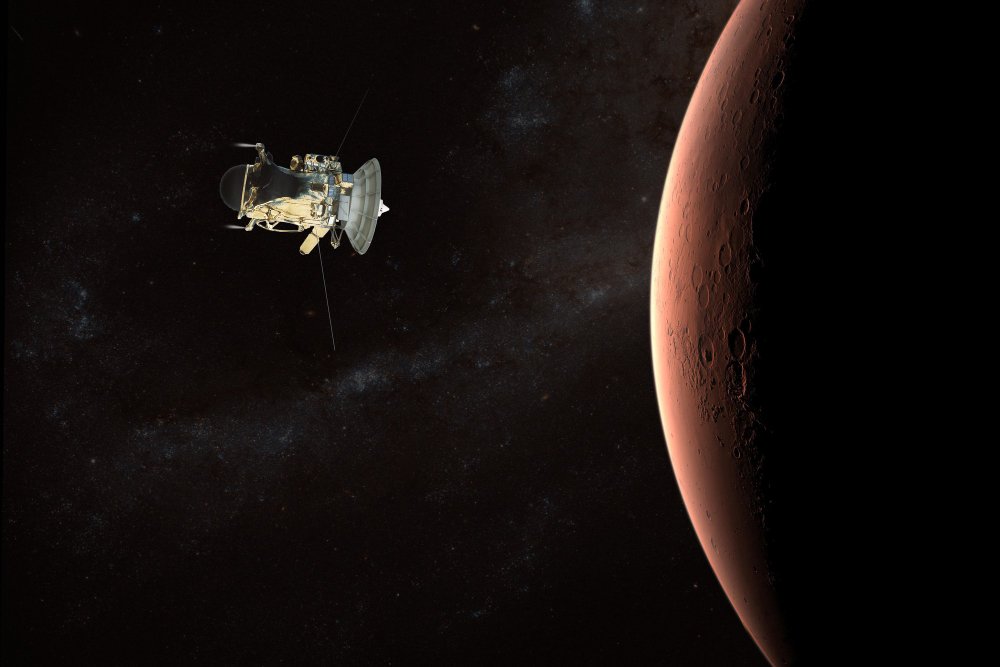
One of Webb’s primary scientific goals is to explore the “cosmic dawn,” the era when the first stars and galaxies emerged from the darkness following the Big Bang.3 Because light travels at a finite speed, looking at extremely distant objects is equivalent to looking back in time. The light from these nascent galaxies has traveled for over 13.5 billion years to reach us. During this immense journey, the expansion of the universe has stretched this light from visible or ultraviolet wavelengths into the infrared spectrum – Webb’s specialty.3 By capturing this ancient infrared light, Webb acts as a time machine, providing glimpses of the universe’s earliest formative stages. Recent observations have yielded some truly startling findings that challenge existing models of this epoch.
Discovery 1: The Surprisingly Mature Infant Galaxy (JADES-GS-z14-0)
In early 2025, astronomers using Webb announced a remarkable discovery: a galaxy designated JADES-GS-z14-0, observed as it was less than 300 million years after the Big Bang – when the universe was merely 2% of its current age.8 At the time of its discovery, this made it the most distant galaxy ever confirmed.8
While its extreme distance was record-breaking, the galaxy’s properties were even more astonishing. Firstly, JADES-GS-z14-0 was found to be intrinsically very bright, far more luminous than astronomers expected for a galaxy forming so early in cosmic history.8 Secondly, and perhaps more profoundly, analysis using Webb’s Mid-Infrared Instrument (MIRI) revealed the unmistakable signature of significant amounts of oxygen within the galaxy.8
This chemical complexity is deeply puzzling. In the primordial universe, only the lightest elements – hydrogen, helium, and trace lithium – existed. Heavier elements like oxygen (termed “metals” by astronomers) are forged inside stars and dispersed into space when those stars die, typically in supernova explosions. For a galaxy to contain substantial oxygen so early implies that multiple generations of stars must have already formed, lived, and died within the first 300 million years.8 This suggests that the processes of star formation and chemical enrichment kicked off much earlier and proceeded far more rapidly than many theoretical models predicted.8 The Near-Infrared Camera (NIRCam) was crucial for initially detecting this faint, distant object, while MIRI provided the vital chemical fingerprint.8 JADES-GS-z14-0 serves as a powerful test case, forcing scientists to reconsider how quickly the first cosmic structures could assemble and evolve, revealing an unexpected level of maturity in the infant universe.8
Discovery 2: Clearing the Cosmic Fog Earlier Than Expected (JADES-GS-z13-1)
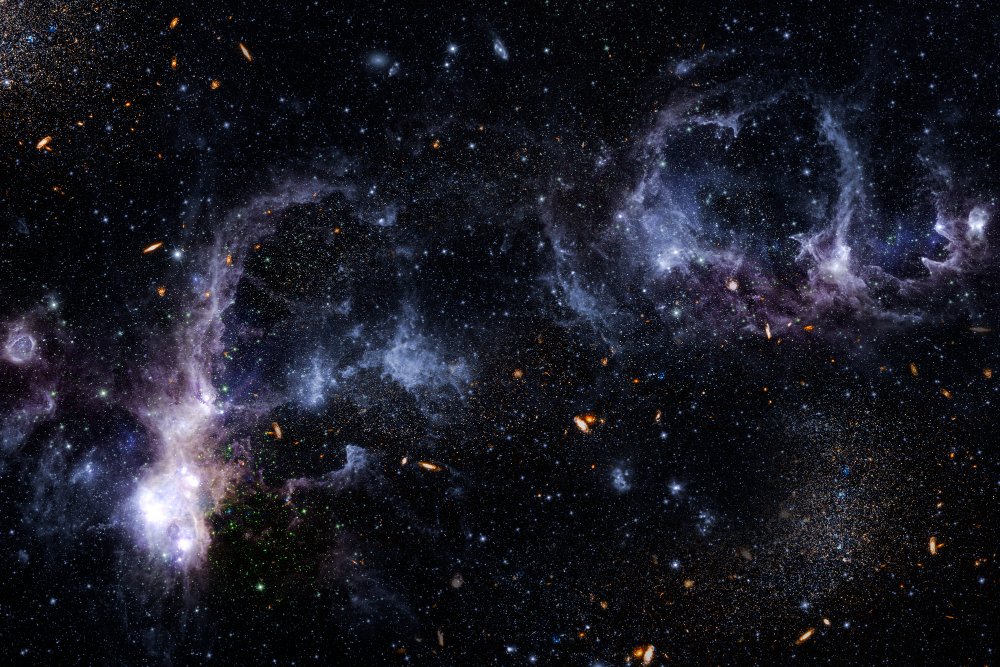
Another fascinating discovery from Webb’s exploration of the early universe involves the galaxy JADES-GS-z13-1, seen around 330 million years after the Big Bang.9 Using the Near-Infrared Spectrograph (NIRSpec) to analyze the galaxy’s light, astronomers detected an unusually bright emission at a specific wavelength known as Lyman-alpha, which is characteristic of glowing hydrogen gas.9
This finding presented a significant puzzle. During the universe’s first billion years, space was filled with a pervasive “fog” of neutral hydrogen gas, which is very effective at absorbing Lyman-alpha radiation.9 Astronomers expected this fog to largely obscure such emissions from very early galaxies. The fact that strong Lyman-alpha light from JADES-GS-z13-1 reached Webb indicates that the neutral hydrogen fog in the immediate vicinity of this galaxy had already been cleared away – a process called reionization.9
The Epoch of Reionization, when the ultraviolet light from the first stars and possibly early black holes ionized the neutral hydrogen filling the universe, is a crucial phase transition in cosmic history. It marks the time when the universe became transparent to light. While this process is thought to have been largely complete by about one billion years after the Big Bang, the clear Lyman-alpha signal from JADES-GS-z13-1 suggests that significant pockets of the universe were already reionized much earlier, just 330 million years after its birth.9 This unexpected result challenges the established timeline and understanding of reionization, prompting questions about the nature and power of the very first ionizing sources – were they exceptionally massive stars, or perhaps early, active supermassive black holes?.9 Webb’s powerful spectroscopic capabilities, particularly NIRSpec’s ability to capture detailed spectra from faint, distant objects, are proving essential for directly probing this critical era and revealing that major cosmic transitions may have unfolded differently than previously thought.9
III. Stellar Drama and Planetary Weather: Closer Cosmic Events

While Webb excels at probing the distant universe, its versatility allows it to make equally groundbreaking discoveries closer to home, within our own Milky Way galaxy and even our Solar System. Recent observations highlight its ability to dissect the intricate details of dying stars and capture fleeting phenomena on neighboring planets.
Discovery 3: Unveiling a Dying Star’s Secrets (NGC 1514)
Planetary nebulae are the beautiful, glowing shells of gas and dust ejected by stars like our Sun in their final stages of life. Using its Mid-Infrared Instrument (MIRI), Webb recently captured the most detailed image ever of the planetary nebula NGC 1514, located about 1,500 light-years away.11 MIRI’s unique capabilities allowed it to reveal structures previously hidden from view.3
The Webb image showcases intricate, “fuzzy” rings of dust surrounding the central star system.3 These rings, only detectable in infrared light, appear textured, suggesting they are composed primarily of very small dust grains. These tiny grains are gently heated by the ultraviolet light from the hot central white dwarf star, causing them to glow faintly in the mid-infrared wavelengths that MIRI is exquisitely sensitive to.11 Before Webb, much of this dusty structure was invisible.
Webb’s observations also provided strong evidence that NGC 1514 is not spherical but likely possesses an hourglass shape, tilted at a 60-degree angle from our perspective.11 Hints of the pinched “waist” of this hourglass can be discerned in the image. This complex shape may be the result of interactions between the dying star and its close binary companion star, which orbits every nine years.11 Furthermore, the image reveals clearer holes punched through the nebula’s central region, likely carved out by faster winds emanating from the white dwarf after it shed its outer layers.3 Intriguingly, Webb detected oxygen in the nebula but found an absence of the carbon-based molecules often seen in other planetary nebulae. This might be due to the binary interaction mixing the ejected material and preventing more complex molecules from forming.11 These detailed findings underscore how indispensable MIRI’s mid-infrared vision is for studying the “dusty” universe. It penetrates the obscuring material and detects the thermal glow of dust itself, revealing the complex physics of stellar death, binary interactions, dust formation, and wind dynamics in ways impossible at other wavelengths.11
Discovery 4: Neptune’s Unexpected Glow

Webb’s powerful gaze isn’t limited to distant galaxies or nebulae; it’s also revolutionizing our view of planets within our own Solar System. In March 2025, scientists announced that Webb had captured the first-ever definitive detection and images of auroras on Neptune, the eighth planet from the Sun.10 Using the Near-Infrared Spectrograph (NIRSpec), the telescope observed bright patches of light – appearing cyan in representative-color images – glowing in Neptune’s upper atmosphere.12
Auroras occur when energetic particles, often from the Sun, interact with a planet’s magnetic field and atmosphere. While auroras had been seen on Jupiter, Saturn, and Uranus, confirming them on Neptune had proven elusive.12 The Webb observations finally filled this gap, but with a surprising twist. Unlike Earth’s auroras, which are concentrated near the magnetic poles, Neptune’s auroras appear at its geographic mid-latitudes.12 This peculiar location is a direct consequence of Neptune’s bizarre magnetic field, which is tilted by about 47 degrees relative to its rotation axis and significantly offset from the planet’s center – a feature first discovered by the Voyager 2 spacecraft in 1989.12 Webb’s NIRSpec not only imaged the auroras but also captured their spectral fingerprint, confirming the presence of the trihydrogen cation (H₃⁺), a key indicator of auroral activity on gas giants.12
Furthermore, the NIRSpec data allowed scientists to measure the temperature of Neptune’s upper atmosphere and compare it to measurements taken by Voyager 2 over three decades ago. The results were startling: Neptune’s upper atmosphere appears to have cooled dramatically, by several hundred degrees, since 1989.12 This significant cooling might explain why the auroras were so difficult to detect previously, as a colder atmosphere produces fainter emissions. It also reveals that the atmosphere of this distant ice giant is surprisingly dynamic, undergoing substantial changes over decadal timescales despite its vast distance from the Sun.12 This discovery highlights Webb’s role as a powerful tool for comparative planetology, enabling long-term monitoring of atmospheric changes and magnetic field interactions across our Solar System.
Discovery 5: Autopsy of a Swallowed Planet (ZTF SLRN-2020)
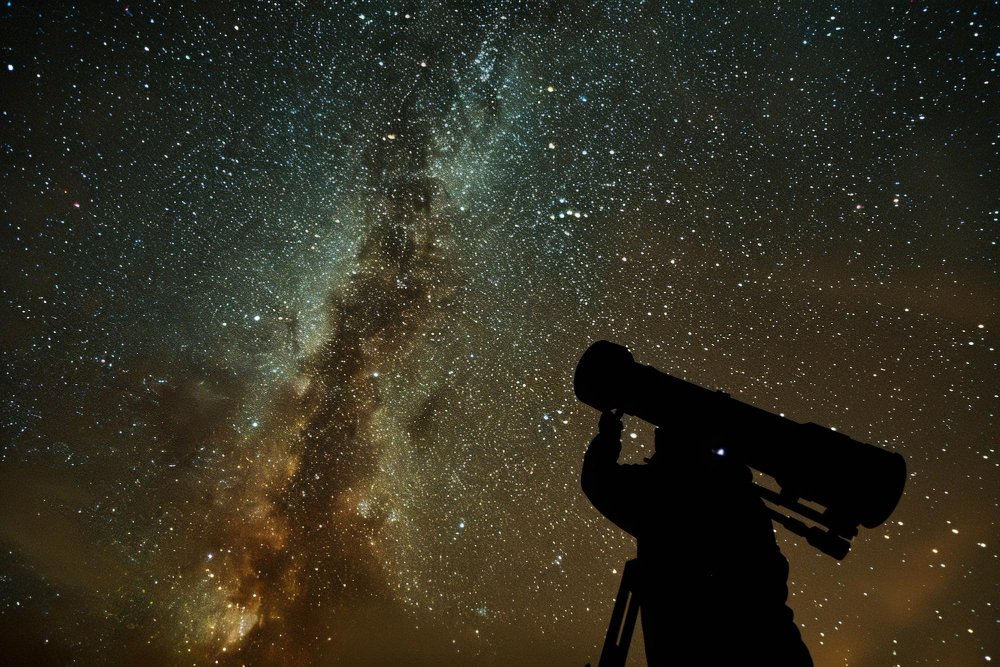
Sometimes, Webb’s observations provide crucial evidence that revises our understanding of previously observed cosmic events. This was the case with ZTF SLRN-2020, an event initially detected in 2020 as a star that suddenly brightened.13 Early interpretations suggested the brightening occurred because the star was evolving into a red giant, swelling up and engulfing one of its planets.13
However, follow-up observations with Webb’s MIRI and NIRSpec instruments in 2025 painted a different picture.10 MIRI’s precise measurements showed that the star was not nearly as bright as expected if it had truly swelled into a red giant.13 Instead, the Webb data supports an alternative scenario: the planet, likely a Jupiter-sized world orbiting very close to its star, experienced orbital decay over millions of years. Its orbit shrank progressively until it finally spiraled into the star, triggering the observed outburst.13
Webb’s instruments provided a detailed “autopsy” of this catastrophic event. NIRSpec detected a hot disk of molecular gas, including carbon monoxide, swirling very close to the star – likely the immediate, fiery aftermath of the planet’s plunge.13 MIRI detected cooler dust further out, potentially condensed from gas blasted away during the impact.13 This ability to combine high-resolution imaging (MIRI) with sensitive spectroscopy (NIRSpec) allowed astronomers to distinguish between the two competing scenarios and reconstruct the planet’s final moments. It showcases Webb’s power in performing detailed forensic astronomy, resolving ambiguities from earlier, less capable observations and providing unprecedented views of the dramatic end-states of planetary systems.13
IV. Webb’s Wider Gaze: A Few More Snapshots
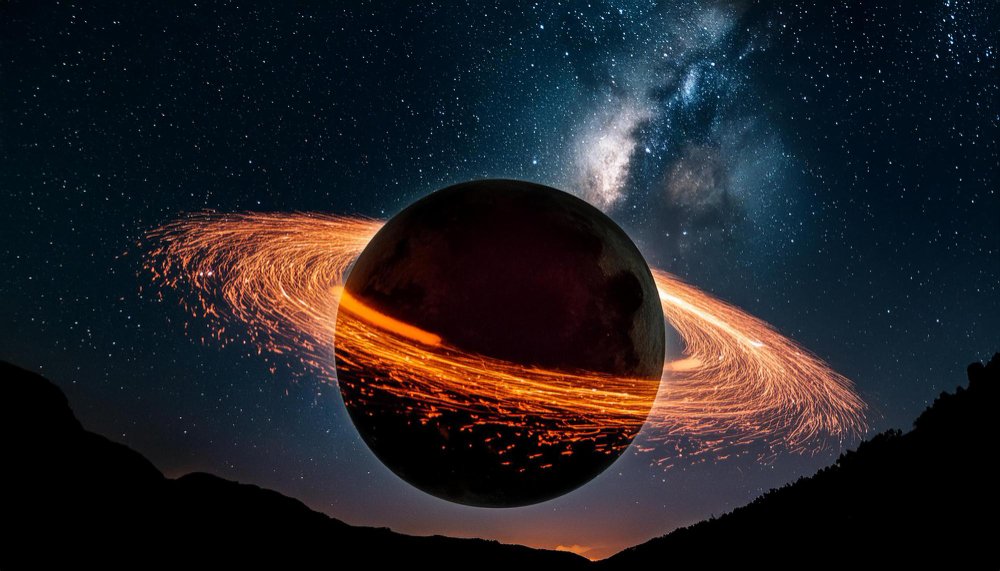
The discoveries highlighted above represent just a fraction of the exciting science Webb has produced recently. Its observational power spans a vast range of astronomical targets:
- Young Giant exoplanets (HR 8799): Webb has captured direct images of multiple gas giant exoplanets orbiting the young star HR 8799, some 130 light-years away. By analyzing their light, Webb detected carbon dioxide in their atmospheres, providing clues that suggest these distant giants may have formed in a manner similar to Jupiter and Saturn in our own system.10
- Smallest Asteroid Sized (2024 YR4): Demonstrating its capabilities closer to home, Webb measured the size and thermal properties of asteroid 2024 YR4, an object only about 60 meters (200 feet) across – the smallest object targeted by Webb to date. Using both NIRCam (to measure reflected sunlight) and MIRI (to measure emitted heat), astronomers found its properties differ from larger asteroids, possibly due to its fast spin and rocky surface. Such observations are valuable for understanding potential impact hazards.17
- Cosmic Dust Factory (Wolf-Rayet 140): Webb observed the massive binary star system Wolf-Rayet 140, catching it in the act of producing concentric shells of carbon-rich dust. These shells form every eight years when the stars reach their closest approach and their powerful stellar winds collide. This dust may eventually disperse and become incorporated into future generations of stars and planets.10
- A Universe Spinning the Same Way?: Intriguing, though highly preliminary, results based on Webb data suggested that a majority of distant galaxies observed in one study might be rotating in the same direction (clockwise relative to us).18 While potential observational biases like the Doppler effect need careful consideration, some researchers speculate this could hint at a fundamental rotation inherited from the universe’s birth, possibly aligning with controversial “black hole cosmology” theories which propose our universe exists inside a black hole.18 Much more research is needed to confirm or refute this provocative finding.
V. The Technology Behind the Vision: How Webb Sees the Unseen
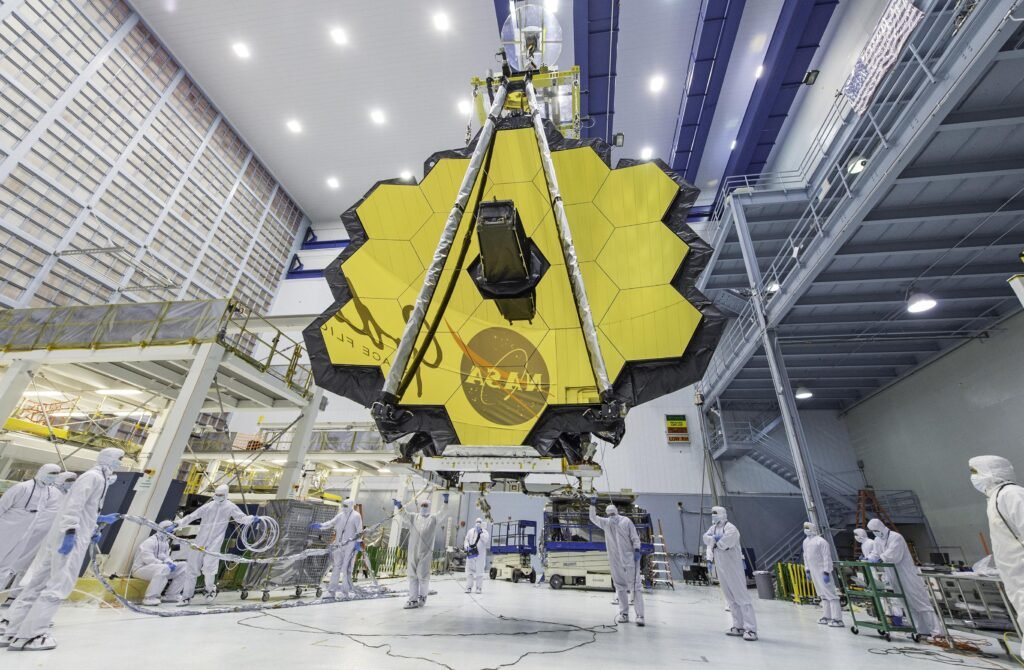
Webb’s revolutionary discoveries are made possible by its cutting-edge technology, specifically designed to capture faint infrared light from the distant and dusty cosmos.3
The key advantage lies in its sensitivity to infrared wavelengths. This allows Webb to see the extremely redshifted light from the earliest stars and galaxies, whose light waves have been stretched by cosmic expansion.3 Infrared light also penetrates the dense clouds of gas and dust that often shroud regions of star birth and death, revealing processes hidden from telescopes observing in visible light.3 Additionally, cooler objects like planets, asteroids, and dust disks emit most of their radiation in the infrared, making Webb ideal for studying them.11
Several technological innovations enable this infrared mastery:
- Giant Golden Mirror: Webb’s primary mirror is an impressive 6.5 meters (21 feet) across, significantly larger than Hubble’s 2.4-meter mirror.3 This huge light-collecting area allows Webb to gather incredibly faint signals. The mirror is composed of 18 hexagonal segments made of lightweight yet strong beryllium.6 Each segment is coated with an ultra-thin layer of gold, which is highly reflective of infrared light.6 To fit inside the launch rocket, this giant mirror was designed to fold up like origami and then unfold precisely once in space.3
- Ultra-Cold Environment: To detect faint infrared signals from distant objects, Webb itself must be kept extremely cold. Any warmth from the telescope would create its own infrared glow, swamping the astronomical signals. Webb orbits the Sun at the second Lagrange point (L2), about 1.5 million kilometers (1 million miles) from Earth, a location that offers a stable thermal environment far from the heat radiated by Earth and the Moon.3 Additionally, a massive, five-layer sunshield, the size of a tennis court, protects the telescope from the light and heat of the Sun, Earth, and Moon, effectively providing an SPF of 1 million and allowing the instruments to cool down to cryogenic temperatures.3
- Sophisticated Instruments: Webb carries a suite of four powerful scientific instruments, each optimized for different types of infrared observations:
- NIRCam (Near-Infrared Camera): Webb’s primary imager in the near-infrared (0.6 to 5 microns), crucial for detecting the faint light of the earliest stars and galaxies and imaging structures within nebulae and galaxies.8
- MIRI (Mid-Infrared Instrument): Provides imaging and spectroscopy in the mid-infrared range (5 to 28 microns). MIRI is essential for observing the thermal emission from cool dust, studying planet formation, analyzing the composition of asteroids, and peering into heavily obscured regions.8 ESA played a key role in providing MIRI.4
- NIRSpec (Near-Infrared Spectrograph): Spreads near-infrared light (0.6 to 5 microns) into its constituent colors (a spectrum), allowing astronomers to determine the chemical composition, temperature, density, and motion of celestial objects. It can observe hundreds of objects simultaneously.9 NIRSpec was provided entirely by ESA.5
- FGS/NIRISS (Fine Guidance Sensor/Near-Infrared Imager and Slitless Spectrograph): The FGS ensures the telescope points with extreme precision, while NIRISS provides complementary imaging and spectroscopic capabilities.3
It is this unique combination – a large, cold, infrared-optimized telescope equipped with highly sensitive cameras and spectrographs – that directly enables the groundbreaking science Webb is producing. The technology is not just incidental; it is the fundamental enabler allowing astronomers to probe the universe in ways never before possible.
VI. Conclusion: The Journey Continues
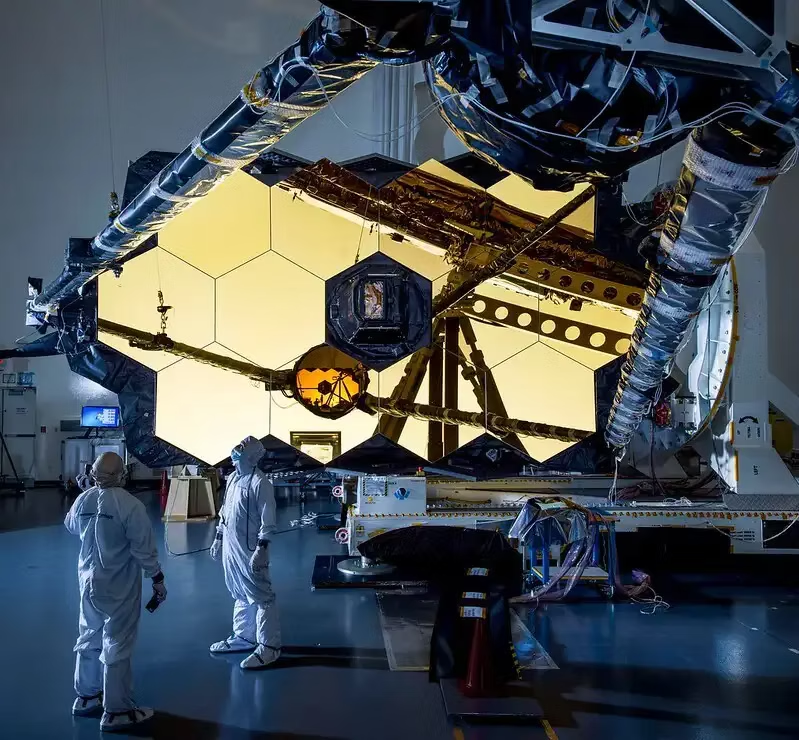
The discoveries highlighted here – from surprisingly complex galaxies at cosmic dawn (JADES-GS-z14-0, JADES-GS-z13-1) and the intricate death throes of stars (NGC 1514), to the unexpected weather on giant planets (Neptune) and the dramatic final moments of others (ZTF SLRN-2020) – offer just a glimpse into the wealth of knowledge the James Webb Space Telescope is currently unlocking. Each observation paints a richer, more detailed, and often more surprising picture of the cosmos than we had before.
Webb is still in the prime of its mission, expected to operate for many years to come.4 Every day, it continues its relentless scan of the heavens, executing observing programs designed by scientists worldwide.22 The stream of data flows constantly, promising a steady cadence of future discoveries that will undoubtedly continue to challenge our theories and expand our cosmic horizons.
Webb is more than just a telescope; it’s a tool for addressing humanity’s deepest questions about our origins and our place in the vast universe.1 While it provides answers, it often reveals even more profound questions, pushing the frontiers of astrophysics and inspiring the next generation of scientists and explorers.
The cosmic journey of discovery has just begun. Stay curious, and keep watching the skies as Webb continues to unveil the secrets of the universe.
Explore More:
- NASA Webb: https://science.nasa.gov/mission/webb/ 3 & https://www.nasa.gov/gallery/james-webb-space-telescope/ 20
- ESA Webb:(https://www.esa.int/Science_Exploration/Space_Science/Webb) 2 & https://esawebb.org/ 23
- Space Telescope Science Institute (STScI): https://webbtelescope.org/ 1 & https://www.stsci.edu/jwst 7
- What is Webb Observing Now? Check out Space Telescope Live: https://webbtelescope.org/webb-live 1
Works cited
- Webb Space Telescope, accessed April 16, 2025, https://webbtelescope.org/home
- ESA – Webb – European Space Agency, accessed April 16, 2025, https://www.esa.int/Science_Exploration/Space_Science/Webb
- James Webb Space Telescope – NASA Science, accessed April 16, 2025, https://science.nasa.gov/mission/webb/
- About JWST | STScI, accessed April 16, 2025, https://www.stsci.edu/jwst/about-jwst
- James Webb Space Telescope – ESA/Hubble, accessed April 16, 2025, https://esahubble.org/wordbank/james-webb-space-telescope/
- Webb’s Mirrors – NASA Science, accessed April 16, 2025, https://science.nasa.gov/mission/webb/webbs-mirrors/
- NASA’s James Webb Space Telescope – STScI, accessed April 16, 2025, https://www.stsci.edu/jwst
- James Webb Space Telescope reveals unexpected complex …, accessed April 16, 2025, https://news.arizona.edu/news/james-webb-space-telescope-reveals-unexpected-complex-chemistry-primordial-galaxy
- NASA’s Webb Sees Galaxy Mysteriously Clearing Fog of Early …, accessed April 16, 2025, https://webbtelescope.org/contents/news-releases/2025/news-2025-116
- Science Releases – Webb Space Telescope, accessed April 16, 2025, https://webbtelescope.org/news/news-releases
- With NASA’s Webb, Dying Star’s Energetic Display Comes Into Full …, accessed April 16, 2025, https://webbtelescope.org/contents/news-releases/2025/news-2025-118
- NASA’s Webb Captures Neptune’s Auroras For First Time | Webb, accessed April 16, 2025, https://webbtelescope.org/contents/news-releases/2025/news-2025-104
- NASA Webb’s Autopsy of Planet Swallowed by Star Yields Surprise, accessed April 16, 2025, https://webbtelescope.org/contents/news-releases/2025/news-2025-117
- Webb Image Galleries – NASA Science, accessed April 16, 2025, https://science.nasa.gov/mission/webb/multimedia/images/
- Press Releases 2025 – ESA/Webb, accessed April 16, 2025, https://esawebb.org/news/archive/year/2025/
- Webb Telescope Latest News – NASA Science, accessed April 16, 2025, https://science.nasa.gov/mission/webb/latestnews/
- James Webb Space Telescope – NASA Blogs, accessed April 16, 2025, https://blogs.nasa.gov/webb/
- Is our universe trapped inside a black hole? This James Webb Space Telescope discovery might blow your mind, accessed April 16, 2025, https://www.space.com/space-exploration/james-webb-space-telescope/is-our-universe-trapped-inside-a-black-hole-this-james-webb-space-telescope-discovery-might-blow-your-mind
- Mysterious James Webb Discovery Could Mean We Live in a Black Hole – Newsweek, accessed April 16, 2025, https://www.newsweek.com/nasa-james-webb-black-hole-cosmology-galaxies-rotation-2045820
- James Webb Space Telescope – NASA, accessed April 16, 2025, https://www.nasa.gov/gallery/james-webb-space-telescope/
- Selection of the first James Webb Space Telescope General Observer Scientific Programmes – ESA, accessed April 16, 2025, https://www.esa.int/Science_Exploration/Space_Science/Webb/Selection_of_the_first_James_Webb_Space_Telescope_General_Observer_Scientific_Programmes
- Observing Schedules – STScI, accessed April 16, 2025, https://www.stsci.edu/jwst/science-execution/observing-schedules
- ESA/Webb, accessed April 16, 2025, https://esawebb.org/
- STScI: Home, accessed April 16, 2025, https://www.stsci.edu/home